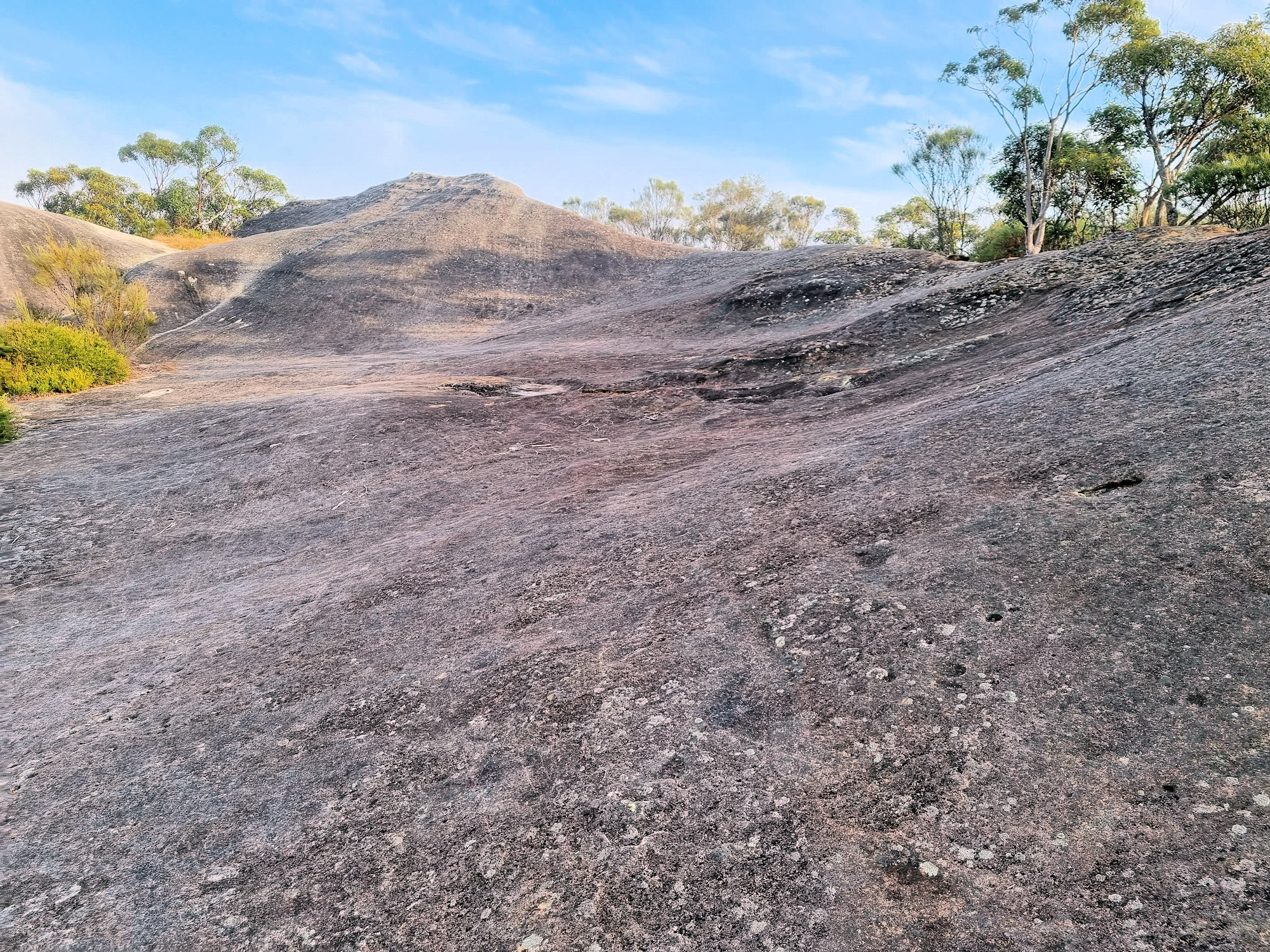Category: Geology
-
Elephant Rock Central Coast

Elephant Rock Central Coast Located on the New South Wales Central Coast in Brisbane Water National Park, Elephant Rock is less than five-minutes drive from Patonga, 25 minutes from Gosford or 1 Hour 20 minutes from Sydney by car. There are several ways to reach Elephant Rock, depending on how far you want to walk,… Read more
-
Palona Cave Walk

Palona Cave Walk Located in the Royal National Park, near Sydney the Palona Cave Walk is a short and easy bush walk. It takes you through beautiful temperate rainforest to a large limestone cave and a cascading waterfall. Getting There We drove to Royal National Park, arriving just after sunrise, so that we could catch… Read more
-
Prince Henry Cliff Walk

Prince Henry Cliff Walk in the Blue Mountains One of the best walks to take in the views of the Blue Mountains, the Prince Henry Cliff Walk is accessible at several points and can be undertaken in stages. This is great because at 7kms one-way, it may be seen as a little too long. During… Read more